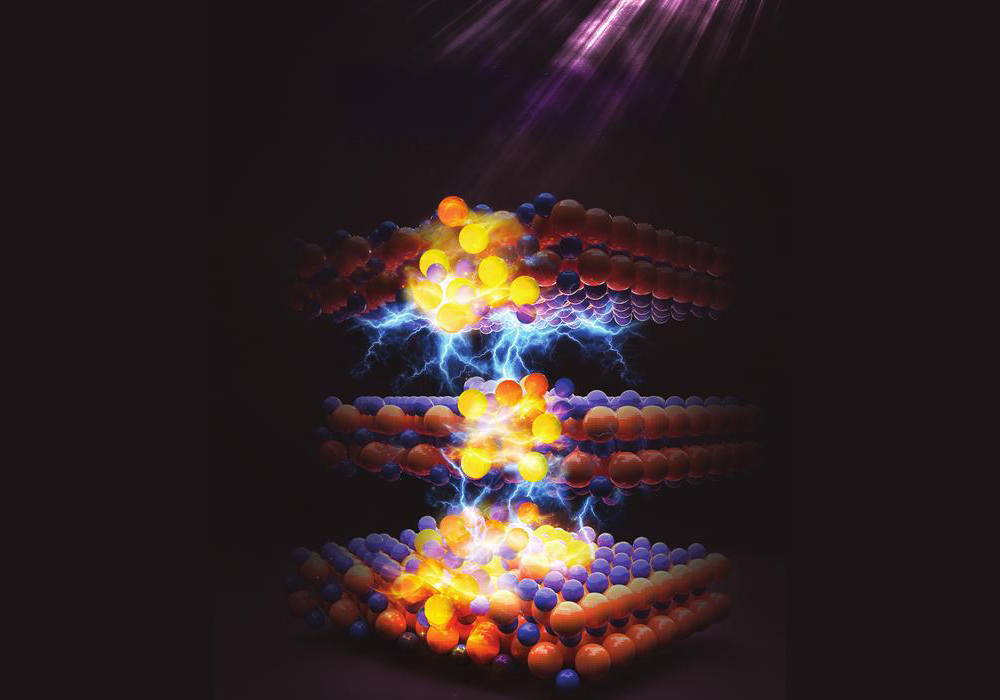Stanford University researchers say they have combined the development of a microchip packed with 100,000 unique protein sensors and a new analytical model that could test the occurrence and strength of drug interactions, to predict potentially adverse affects before in vivo testing.
The group, led by materials science engineer Shan Wang, have been working on a system of nanotags, magnetic nanosensor technology and analytical approaches that is 1,000 times more sensitive then current systems and can monitor thousands of simultaneous interactions within a few minutes. This compares with current techniques that take hours to monitor four simultaneous interactions.
In a Stanford news release, Wang says, “You can fit thousands, even tens of thousands, of different proteins of interest on the same chip and run the protein-binding experiments in one shot.
Richard Gaster, a MD/Ph.D. candidate in bioengineering and medicine, frames the significance of their work this way in the release: “In theory, in one test, you could look at a drug’s affinity for every protein in the human body. … Let’s say we are looking at a breast cancer drug. The goal of the drug is to bind to the target protein on the breast cancer cells as strongly as possible. But we also want to know: How strongly does that drug aberrantly bind to other proteins in the body?”
The basic first step is to place a sample of each of the proteins (e.g., from a variety of organs or tissues) on one of the sensors in the microchip array. Then, they attach a magnetic iron oxide nanotag to the drug that needs to be tested, and then expose the array to the drug to see which proteins the drug binds with.
As a specific example of an application, Gaster says, “We can see how strongly the drug binds to breast cancer cells and then also how strongly it binds to any other cells in the human body such as your liver, kidneys and brain. … The rate at which a protein binds and releases, tells how strong the bond is.”
Their work — using a 1,000-sensor chip — is published in a paper in Nature Nanotechnology (doi:10.1038/nnano.2011.45). They say existing chip fabrication techniques could easily allow as many as 100,000 sensors, and thus test an enormous range of proteins.
Wang’s research group claims to be able to “detect target molecules down to the single molecule level.” They also say that sensors are insensitive to solution buffer, pH or ionic strength.
They also say their analytical model can quantify the binding at sensitivities as low as 20 zeptomoles of solute.
CTT Categories
- Electronics

